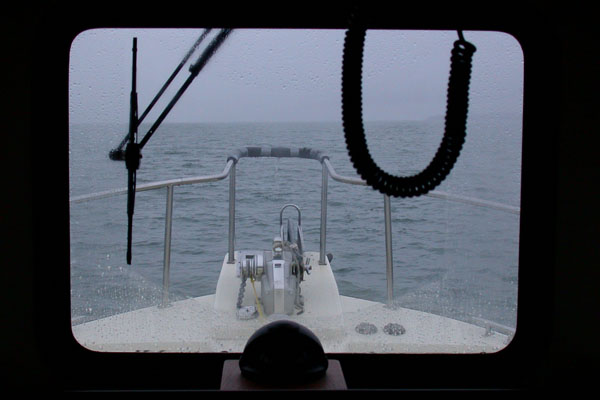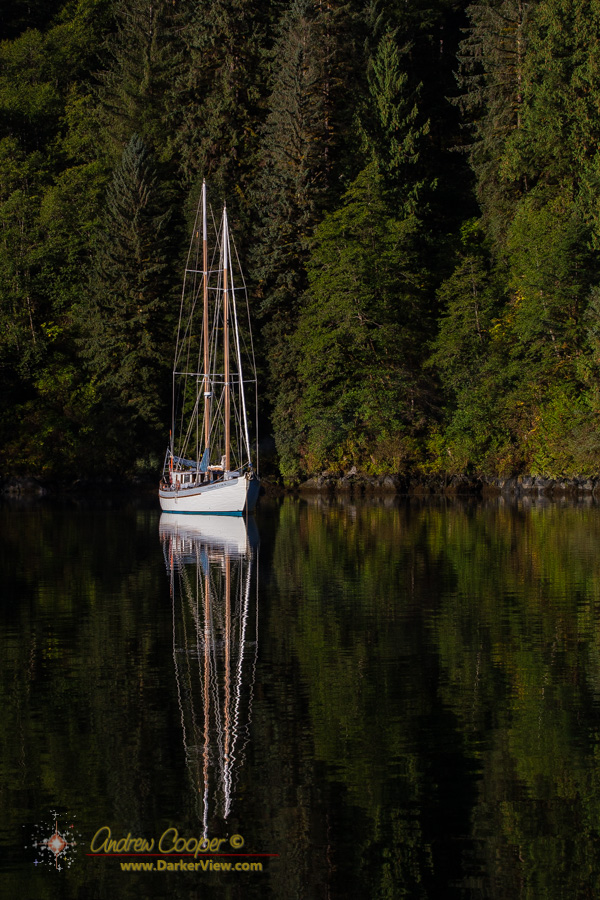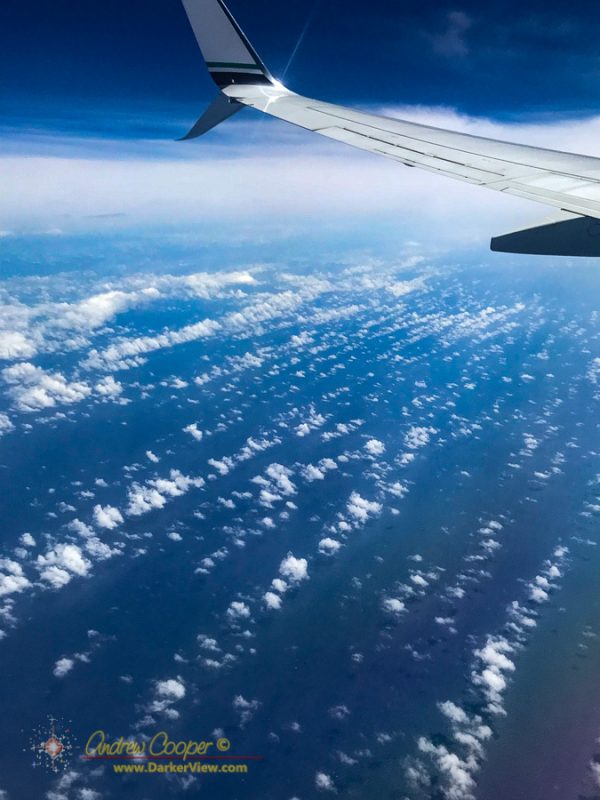Tag: cloud
Mauna Kea
A Hole-Punch Cloud
We were just setting up the telescopes when I looked up and spotted it.
Waikoloa School was hosting a community picnic, a couple bands, food, performances by a karate club and a halau, plus a few telescopes provided by Keck and the West Hawaii Astronomy Club. It promised to be a fun evening.
What I spotted was a hole-punch cloud above the school. OK, that was unexpected. A high thin layer of altocumulus perforated by a neat circular hole.
The hole had a thickened edge as if something had pushed the cloud layer aside. Otherwise it was completely clear in the center and nearly perfectly circular.
Hole punch clouds are often formed when something passes through a cloud layer, such as an aircraft, disturbing and destabilizing it. This does not appear to be the case here, rather I would guess that an updraft from below pushed its way into this particular cloud from below.
The hole was short lived, fading in about 15-20 minutes as the cloud layer reformed.
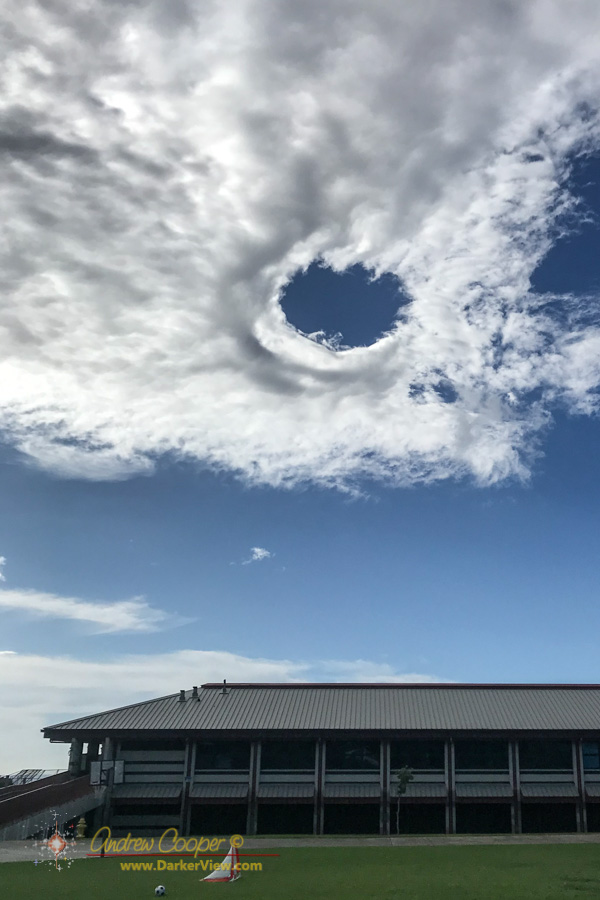
Passing Cloud
Mauna Kea
Not the first time I have attempted to take this photo, rather the fourth, or is it fifth?
I think I got it right this time…
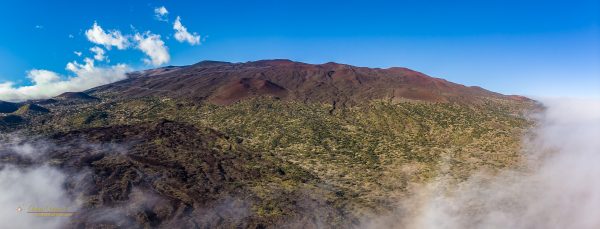
The image is a two frame mosaic taken with the Mavic Air and stitched in Lightroom. The trick is catching the clouds at just the right place, and racing to launch the drone from close enough to take advantage of the clouds. Conditions change with remarkable speed and fluidity as the clouds move across the flank of the mauna, surging up the slope or dissipating quickly.
Chasing Fogbows
I have been flying a lot in the Saddle over the last few months. It helps that I can simply leave for work early, stop off and blow through some drone batteries, before heading on to Hale Pohaku where I meet the rest of the crew for a day on the summit. The process can be reversed on the way back down the mauna in the evening after work.
On these short days late in the year this means flying right at dawn and sunset, creating very dramatic light. The rich colors are simply great for photography of this beautiful area of lava flows and cinder cones.
What makes the are even more spectacular is the cloud layer. As you drive up the mauna you pass through the clouds. I love to stop and fly right at the top of the cloud layer, where the fog lays in against the mountain. I am sorely disappointed on those mornings that the fog is not there!
The result of these flights is lot of great video, I just need to put something together to share it.
Of course a good video needs great music. I am indebted to Chris Stark, a local artist who graciously allowed me to use his track Dancing in the Rain as the backdrop for the video. I encourage you to head over to his website ChrisStark.com to check out his albums.
Chasing Fogbows from Andrew Cooper on Vimeo
Cloud Streets
Kelvin-Helmholtz Waves
When two bodies of fluid are moving in different directions interesting things happen at the boundary. The result is usually some sort of wave… Waves on the surface of the ocean or waves in the sky.
Waves on the sea surface are easy to see. Waves in the sky? Not so much. These waves are only betrayed if clouds form in the waves, revealing these structures.

In the Saddle region over Mauna Kea and Mauna Loa, there are usually two air masses moving in different directions. Below the inversion level the tradewinds push westward. While above the inversion level, usually about 6-7,000ft, the upper air moves to the east. Where these two meet there are often KH waves, and occasionally some clouds to outline these fascinating structures.
Postcard from Alaska – Grey Day
The weather can be glorious, grey and cold, or simply miserable. I have experienced trips with nothing but sunny days and temperatures allowing shorts and sandals. Other times have brought rains that equaled anything I have seen, when it seemed the sea was both above and below. Sailing through narrow, rocky passages with nothing but radar to see the shore a few hundred feet away, shrouded in fog.
You take what you get on a trip, no way to reschedule now. Rain or shine, fog or mist, each can be beautiful in their own way to an traveler willing to enjoy the experience, whatever life brings.
